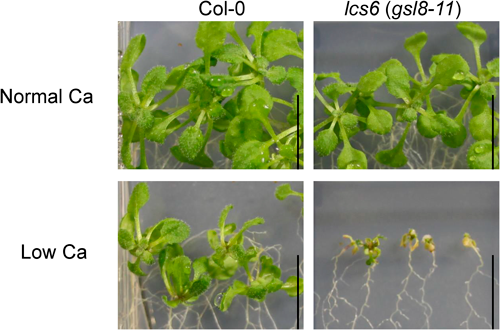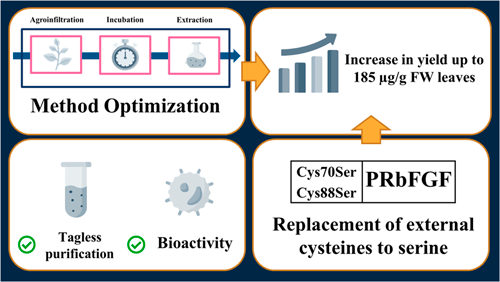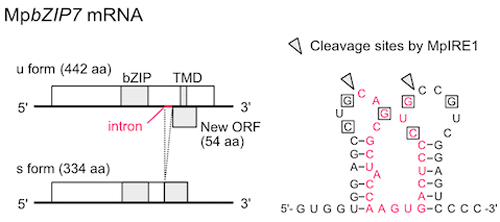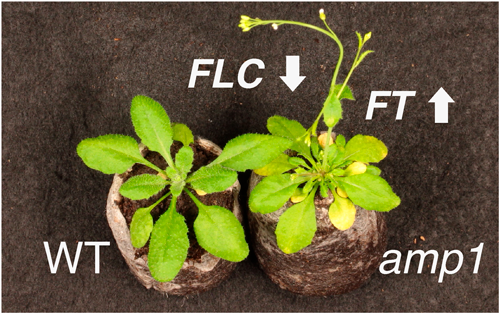Volume 39, Issue 3
Displaying 1-15 of 15 articles from this issue
- |<
- <
- 1
- >
- >|
Editorial
-
2022 Volume 39 Issue 3 Article ID: 22.editorial3
Published: September 25, 2022
Released on J-STAGE: September 25, 2022
Download PDF (64K)
Original Papers
-
2022 Volume 39 Issue 3 Pages 215-220
Published: September 25, 2022
Released on J-STAGE: September 25, 2022
Advance online publication: September 17, 2022Download PDF (2935K) -
2022 Volume 39 Issue 3 Pages 221-227
Published: September 25, 2022
Released on J-STAGE: September 25, 2022
Advance online publication: August 04, 2022Download PDF (3543K) -
2022 Volume 39 Issue 3 Pages 229-240
Published: September 25, 2022
Released on J-STAGE: September 25, 2022
Advance online publication: August 04, 2022Download PDF (4286K) -
2022 Volume 39 Issue 3 Pages 241-250
Published: September 25, 2022
Released on J-STAGE: September 25, 2022
Advance online publication: August 04, 2022Download PDF (1003K) -
2022 Volume 39 Issue 3 Pages 251-257
Published: September 25, 2022
Released on J-STAGE: September 25, 2022
Advance online publication: August 04, 2022Download PDF (8270K) -
2022 Volume 39 Issue 3 Pages 259-272
Published: September 25, 2022
Released on J-STAGE: September 25, 2022
Advance online publication: August 26, 2022Download PDF (4916K) -
2022 Volume 39 Issue 3 Pages 273-280
Published: September 25, 2022
Released on J-STAGE: September 25, 2022
Advance online publication: September 17, 2022Download PDF (4132K) -
2022 Volume 39 Issue 3 Pages 281-289
Published: September 25, 2022
Released on J-STAGE: September 25, 2022
Advance online publication: September 17, 2022Download PDF (1269K) -
2022 Volume 39 Issue 3 Pages 291-301
Published: September 25, 2022
Released on J-STAGE: September 25, 2022
Advance online publication: September 22, 2022Download PDF (1815K) -
2022 Volume 39 Issue 3 Pages 303-310
Published: September 25, 2022
Released on J-STAGE: September 25, 2022
Advance online publication: September 17, 2022Download PDF (2538K) -
2022 Volume 39 Issue 3 Pages 311-316
Published: September 25, 2022
Released on J-STAGE: September 25, 2022
Advance online publication: September 16, 2022Download PDF (3758K)
Short Communication
-
2022 Volume 39 Issue 3 Pages 317-321
Published: September 25, 2022
Released on J-STAGE: September 25, 2022
Advance online publication: July 28, 2022Download PDF (2732K)
Notes
-
2022 Volume 39 Issue 3 Pages 323-327
Published: September 25, 2022
Released on J-STAGE: September 25, 2022
Advance online publication: July 28, 2022Download PDF (1724K) -
2022 Volume 39 Issue 3 Pages 329-333
Published: September 25, 2022
Released on J-STAGE: September 25, 2022
Advance online publication: September 22, 2022Download PDF (1641K)
- |<
- <
- 1
- >
- >|














